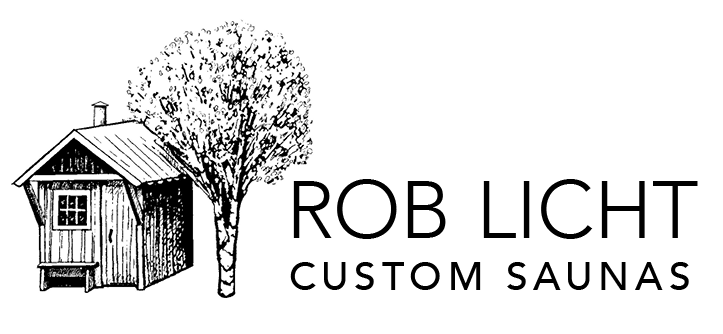Candle windows
Candle windows hark back to my time at Podunk, where the light in the sauna came from a bare bulb in a porcelain fixture outside a little square window into the dressing room. A sauna is too hot for a standard light fixture, so this arrangement made sense. Later, after I started building saunas, I learned that this was a more modern incarnation of the original candle window, which was literally a window into the dressing room with a shelf for a candle to sit on. These windows are common in Finland in freestanding saunas away from the house. The candle window allows a special, spiritual, summoning light into grace the sauna. Especially on those dark winter nights.
In the sauna tradition, we slow down. The flickering candle-light, seen from the bench in the sauna, lures you to relaxation and reflection. Life and relativity. Could there be a more tranquil way to release the stresses of the day?
Although it is this quality of the light that is so important, the candle window is totally pragmatic in a very Finnish way. A candle in the sauna room would melt even if not lit, so this setup was an obvious solution to the problem of lighting the dark interior of the hot room. Despite its pragmatic origins, I find it is also a chance for a little expressive design: it can be round or square, arched or colored. It can have an organic flare to it. Now, with cheap, battery-operated, multi-colored LED lights and even fake candles that look real, the light can be more than a simple bulb on a pull-chain porcelain fixture and be safe. Even if the sauna has built-in electric lighting, the candle window can be a signature element, one that distinguishes a personalized custom sauna from a generic kit.

It’s in the details.
Finnish pragmatic design inspiration comes from using what is available at hand and letting that material influence your design. There are many places to incorporate little details and personal touches: stick hardware towel pegs, stone-faced walls with stones from your backyard, thresholds of locally cut locust, round windows, etc. Think of decorative elements you can hang above the mantle. In my sauna building plans (which can be purchased and download), there is more about windows: framing information and tips on using windows safely in mobile saunas.

Here is a collection of the candle window design and builds over the years in and around the Finger Lakes and New York State.











